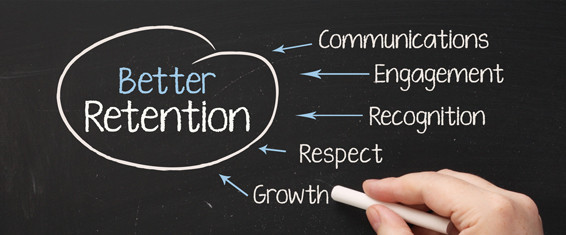
Employee Retention: A Key to Organizational Success
Employee retention is all about keeping your talented team members on board over time. It’s a crucial aspect of HR because it directly influences how effective, productive, and successful an organization can be. Let’s explore the benefits of retaining employees, some tips to improve retention, and important metrics to monitor:
Benefits of Employee Retention
Cost Savings: Holding onto employees saves money that would otherwise be spent on recruiting and training new hires.
Productivity and Continuity: Long-term employees are typically more productive and contribute valuable institutional knowledge, helping maintain continuity in operations.
Employee Engagement: Higher retention often leads to higher engagement, as employees who stay longer tend to feel more connected and satisfied with their work.
Organizational Stability: Less turnover means more stable teams, which translates to better overall performance.
Employer Brand: Companies with strong retention rates build a reputation as great places to work, attracting even more top talent.
Tips for Improving Employee Retention
Effective Onboarding: Ensure new hires feel welcomed and supported from day one. A solid onboarding process helps them quickly adapt and succeed within the organization.
Competitive Compensation and Benefits: Offer salaries, benefits, and perks that meet or exceed industry standards to keep your employees satisfied and loyal.
Career Development Opportunities: Provide clear paths for growth through training, mentorship, and promotion opportunities, showing employees they have a future with your company.
Work-Life Balance: Support work-life balance with flexible work options and wellness programs, helping employees manage their personal and professional lives effectively.
Recognition and Rewards: Regularly acknowledge and reward employees for their contributions, making them feel valued and appreciated.
Feedback and Communication: Keep communication lines open and provide consistent feedback. When employees feel heard and valued, they’re more likely to stay.
Culture and Leadership: Cultivate a positive, inclusive work culture led by effective leaders who set a good example and inspire their teams.
Metrics for Measuring Employee Retention
Retention Rate: The percentage of employees who stay with the company over a specific period, usually a year.
Turnover Rate: The percentage of employees who leave the company during a given time frame.
Average Tenure: The average length of time employees stay with your organization.
Voluntary vs. Involuntary Turnover: Understand why employees leave, whether by choice or due to termination, to address potential issues.
Exit Interview Insights: Collect feedback from departing employees to identify trends and areas where you can improve.
Employee Engagement Surveys: Regularly measure employee satisfaction and engagement, as these are closely linked to retention.
Focusing on these aspects will help you build a strategy to retain your best talent, create a positive work environment, and enhance your organization’s overall performance.
